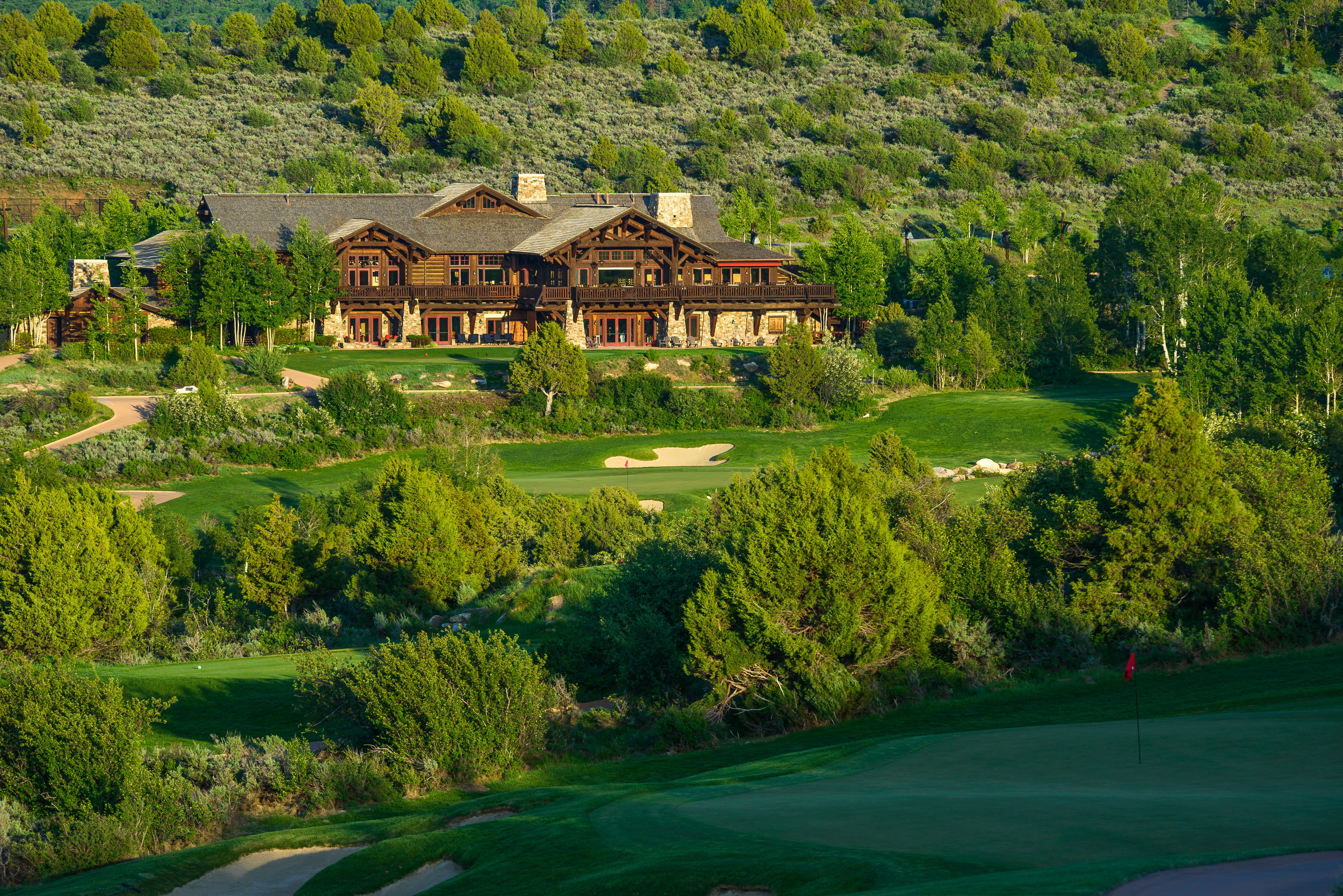Peter Jouflas arrived on Colorado’s Western Slope in the 1920s looking for his piece of the American dream. An immigrant from central Greece, Jouflas wanted ranchland where he could raise sheep.
Over time, he made the fortuitous decision to acquire thousands of acres around Wolcott, in the Vail Valley, where he and his sons, George, born in 1924, and Chris, born in 1926, would eventually run 20,000 sheep on tens of thousands of acres – one of the largest operations of its kind in the country.
In a 2006 interview, Chris Jouflas described the 1940s and 1950s as the “golden age” of ranching, but by the 1960s, “it started to go downhill” because of an unfavorable regulatory environment. By that time, the valley was becoming a winter destination for skiers, which never ceased to amaze the Jouflas family’s matriarch, Dorothy.
“Are these people crazy?” she wondered. “Even the birds fly south for the winter.”
With the thousands of mountainous acres the family held, George and Chris were well positioned to transition the family away from ranching to real estate and recreation. As children of the Depression, they shared their parents’ appreciation for the value of land. It was George who liked to say, “Land, that’s real. You can’t sheep or grow anything to eat on a stock certificate.”
George stopped ranching in the mid-1960s and opened one of Vail’s first real estate offices, the Western Colorado Land Company, on Bridge Street. Of George, it was written in his 2012 obituary that he “could play strip poker with the devil and never feel the draft.”
These days people travel to the Vail Valley year-round, and you also have the Jouflas family, in part, to thank for that. In 2001, the family sold 780 acres on the south side of the Eagle River Valley to Vail Resorts Development Company to construct the Red Sky Golf Club, a 36-hole celebration of the mountain-golf architectural genre, as interpreted by Tom Fazio and Greg Norman. The Fazio Course, opened in 2002, is No. 1 in the state, and the Norman Course, opened a year later, is No. 4. Both courses also are staples in Golfweek’s national rankings.
Red Sky is private, with a national membership that extends from coast to coast, taking advantage of the direct flights into Eagle County Regional Airport, a short drive from the club. But thanks to the fact that Red Sky falls under the Vail umbrella, resort guests also have access to the club, with daily play alternating between the two courses. With a members-only clubhouse and amenities, the resort play complements rather than dilutes the membership experience.
Mike Miner, Red Sky’s superintendent for the past 15 years, perhaps has the best perspective on the land and how it has evolved over the past two decades. He noted that prior to the arrival of Fazio and Norman, the Red Sky land was still a working sheep ranch. “Everything was pretty short and immature,” Miner said, owing to the sheep grazing the land.
“When they designed both golf courses, the scale had to be much bigger – a lot of bunkering, because there was a lot of open space,” Miner said. “The vistas were big and grand.”
The breathtaking views of Vail’s back bowls to the east and Castle Peak to the west will still have golfers reaching for their cameras on every hole. But absent the sheep, the land has matured over the past 20 years. The trees and shrubbery have grown up and pressed inward, which is why Miner and his crew have been trimming and reopening some of those original views on tee shots and approaches.
“We’re going through a process, like most mature courses, of trimming back a lot of trees, trying to open up sightlines,” Miner said. “That’s been the biggest change over the last five or six years.”
With input from the original architects, Miner and General Manager Andrew Hedrick also have been making this rugged, heaving landscape more playable for members and guests alike. In 2018, they renovated the Norman Course bunkers, reducing the square footage by about a third to conform to the evolving landscape. Similar work is planned for the Fazio Course in the next year or two.
As with any renovation, they’re trying to strike a balance between the architects’ original vision and the evolving needs of their membership. That includes not just renovating the bunkering and trimming the vegetation, but also adding forward and combo tees.
“Our membership has been aging, so we’re starting to do things to make the golf courses more playable for everybody – not that they weren’t designed with that in mind originally,” Miner said. “We’re just trying to cover all of our bases from kids to golfers in their 90s.”

